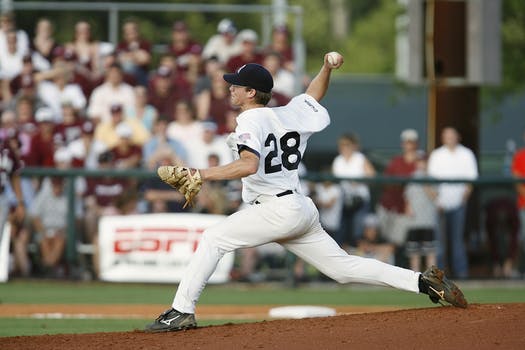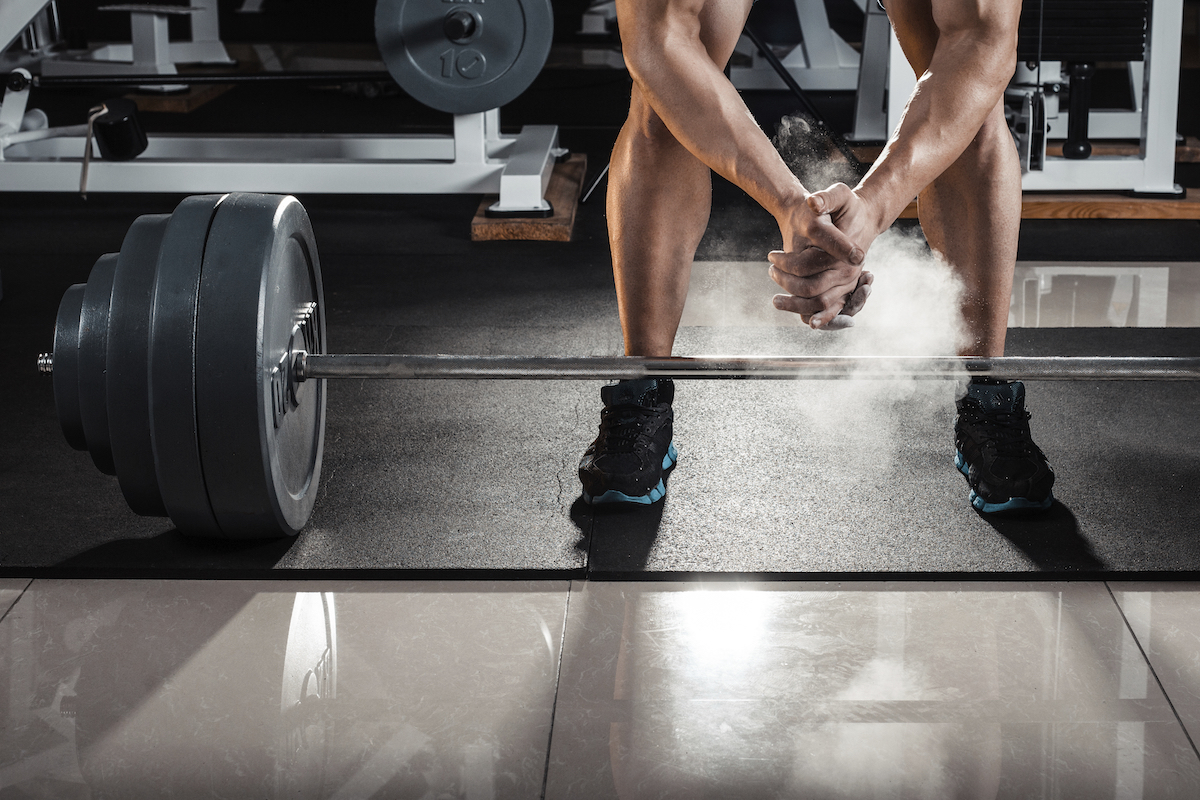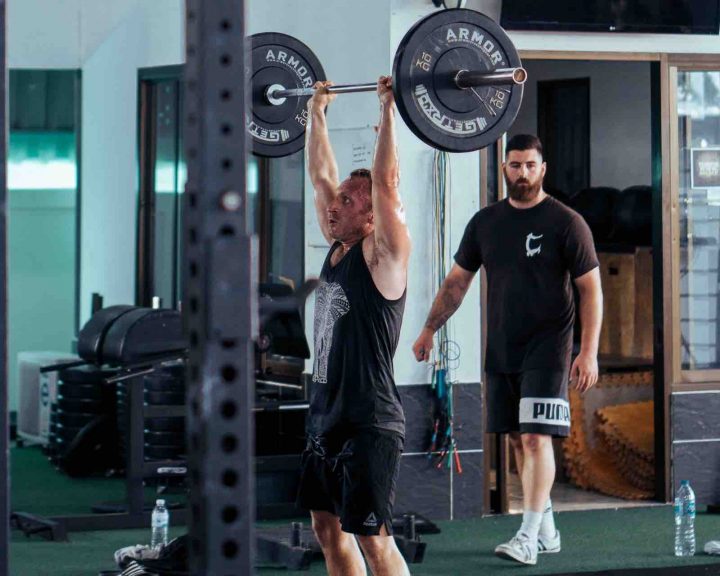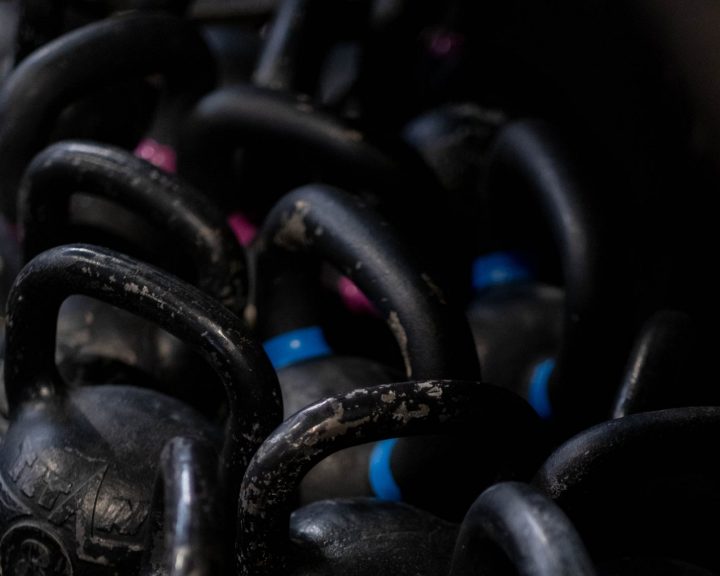Hip hinges are a critical exercise for the strength and conditioning of athletes. These exercises train the muscles of the hamstrings, lower back, and glutes. While a lot of exercises train those muscles, these exercises train them together during hip extension.
Hip extension is important for many sports skills, sprinting, agility, deceleration, throwing, kicking, etc. First, hip extension trains the hamstrings/glutes/lower back in a way that is similar to how they are used in sports. In sports, we rarely get to lay on our stomach, flex our knee, and bring our heels to our hips. Normally we are driving our foot towards the ground with a pretty rigid leg. This is huge in injury prevention and it’s why hip extension exercises are so important for sprinters. Second, there are a lot of movements in sports that involve levering off one side of the body. A unilateral exercise is important to help train these qualities.
One exercise that trains all this is the kettlebell one-legged Romanian deadlift. This is an exercise that develops hip extension. It also develops balance and the foot/shin/ankle.
To perform it, stand up with a kettlebell in your right hand. Pull your shoulders back and elevate your chest. Push your hips back and lower your upper body (and the kettlebell) towards the floor. As you do this, your straight left leg will come up behind your body serving as a counter-balance to your upper body. Reverse directions and perform the desired number of repetitions before changing legs.
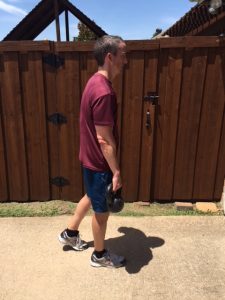
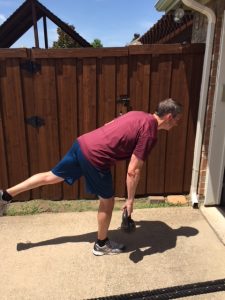
Normally this exercise is done for sets of 8-12 repetitions per set. Because it is a unilateral exercise with a balance component the athlete will not be able to handle the same weight with this that they could on a traditional Romanian deadlift.
This is a great exercise especially for track and field athletes, baseball pitchers, quarterbacks, and other athletes that have to lever off one side of their body. It’s also a great supplemental exercise for sprinting athletes.
Now, this exercise is a challenging one to implement in team settings. It requires some supervision, coaching, and practice since there is a balance component. Because there is a balance component, not every athlete is going to be good at this exercise. In addition, it requires space and enough kettlebells for a team setting.
These are not unsolvable problems, however. The two best ways to incorporate this exercise in a team setting are either as part of the warm-up or during group conditioning. In either situation it can be a station. In either situation the exercise can be done for time, as opposed to repetitions. By doing it for time, this also means that the amount of weight the athlete handles will be reduced. For example, performing sets of 30-60 seconds as opposed to 8-12 repetitions.

